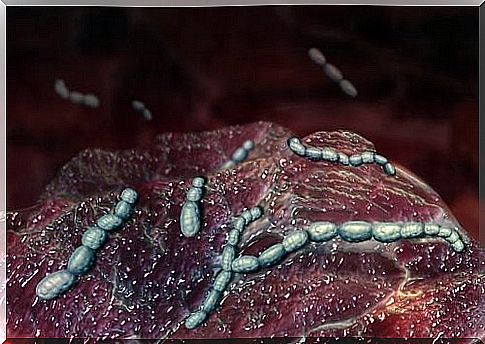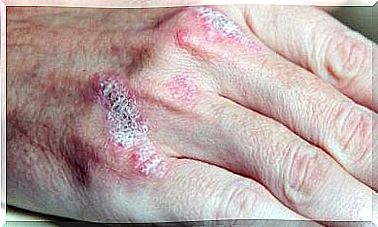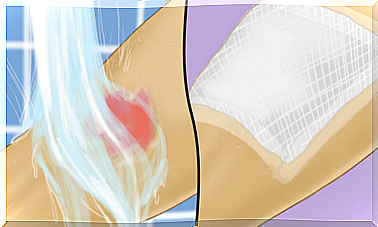Scarlet Fever Or Scarlet Fever – What Should You Know?

Scarlet fever is also known as scarlet fever. This disease mainly affects children between the ages of 5 and 12. Adults, however, can also catch it.
Scarlet fever is an infection caused by bacteria known as group A streptococci. This type of streptococcus easily spreads on our skin, nose and throat. The same type of bacteria causes streptococcal pharyngitis.
By itself, scarlet fever is not a serious disease. However, there is a possibility of its complications. Therefore, if you suspect its appearance, you should contact your doctor as soon as possible. If it is treated in a timely manner, it can be done relatively easily.
Scarlet fever – the causes of the disease

- Scarlet fever is an infectious disease. Typically, infection occurs when a child comes into contact with another, infected child. This is very often done by droplets, for example when sneezing or coughing. In some cases, even while speaking.
- Infection can also occur if a child eats from vessels infected by someone else or they have come into contact with someone infected with group A streptococci .
Since scarlet fever is most common among children, as we have already mentioned, they usually become infected at school or in kindergarten. You will probably agree that the youngest are not very scrupulous in observing the rules of hygiene. It is also no wonder that they eat together from one plate or “give a sip” from their bottle to another person.
Scarlet fever – symptoms of the disease

The time from being infected with the disease until the first symptoms appear is really short. Generally speaking, it is usually 1-2 days. First, there is a high fever and a sore throat.
The bacteria then release their toxins. As a result, skin eruptions begin to appear. They are reddish and cover the neck and chest first. Over time, they spread throughout the body. The entire process takes about a week.
In addition to the skin eruptions themselves, there is also redness in the folds of the skin such as the elbows, knees, groin, etc. The tongue also becomes red and it begins to swell. With time, a whitish bloom appears on it. Cold chills, vomiting, abdominal pain, muscle aches and general malaise are also common symptoms.
It should be remembered that patients with scarlet fever have difficulty eating. This is because of the condition of their tongue and throat. To make eating easier, it is recommended to give soft foods, for example, soups – creams. The patient should also drink plenty of fluids. It is worth avoiding overheating the room in which the child is located – a fresh environment will help to bear the disease better.
Diagnosis and prognosis

Scarlet fever is a disease that can be diagnosed through a physical examination. This is almost always accompanied by streptococcal testing as well. This type of test can determine what type of bacteria is in the throat and confirm or rule out scarlet fever. The test includes a culture or swab from the throat. In some cases, it is also necessary to undergo a blood test.
With the right treatments, scarlet fever is a disease that can be cured quickly. However, it may take two or three weeks for all symptoms to completely disappear.
Sometimes, when the skin eruptions break, there is a characteristic peeling of the skin – sometimes it is done in whole patches. This usually happens on the hands, feet, and groin. The process can take weeks.
Although it is not common, in some cases scarlet fever can cause long-term health complications and even permanent loss of health. Sometimes the consequences are really serious. These include ailments such as:
- Rheumatic fever
- Kidney disease, especially postreptococcal glomerulonephritis, which is a form of inflammation of the kidneys
- Pharyngeal abscess, manifested by purulent cysts
- Arthritis
- Pneumonia
- Liver damage
- Inflammation of the lymph nodes
- Sinus infections
Therefore, when scarlet fever appears, the most important thing is to consult a doctor as soon as possible. Thanks to this, we will reduce the risk associated with complications. Treatment is usually with antibiotics, which in most cases work very quickly.









